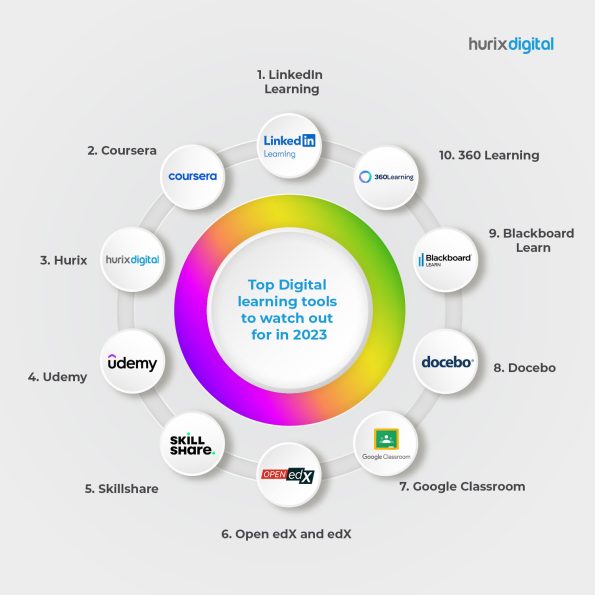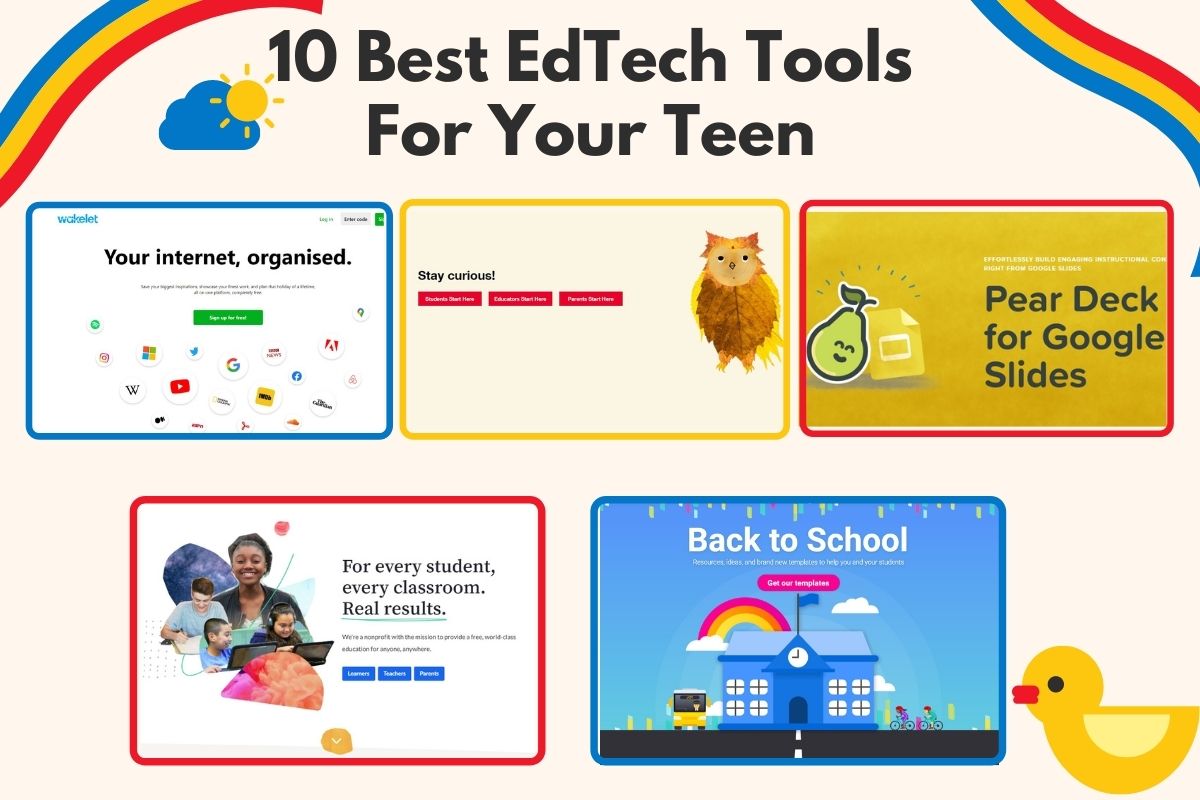Best Education Tools: Revolutionizing Learning in the Digital Age
Education has evolved dramatically in recent years, and technology is at the heart of this transformation. Whether you’re a student, teacher, or lifelong learner, the right education tools can significantly enhance your learning experience. From interactive platforms to smart apps, these tools can help streamline study sessions, improve productivity, and foster deeper understanding.
In this article, we’ll explore the best education tools that are reshaping the way we learn. With these resources, you can unlock new ways to study, collaborate, and grow.

1. Learning Management Systems (LMS)
One of the most essential education tools is the Learning Management System (LMS). LMS platforms provide a central hub for course materials, assignments, quizzes, and discussions, making it easy to manage educational content and track progress.
-
Advantages: Organized content delivery, easy progress tracking, and accessibility.
-
Disadvantages: Some platforms may be overwhelming for beginners.
Platforms like Moodle and Canvas allow teachers to create personalized learning experiences. These systems also support real-time interaction and allow for seamless integration of multimedia resources.
2. Interactive Whiteboards
Interactive whiteboards have become a staple in both classrooms and virtual learning environments. These tools allow educators to present lessons in a visually engaging way while also enabling real-time collaboration with students.
-
Advantages: Enhances engagement, allows for interactive lessons.
-
Disadvantages: Requires specialized hardware, can be expensive.
Tools like Jamboard and Miro are excellent options for virtual classrooms. They allow users to draw, write, and brainstorm together, creating a dynamic learning experience.

3. Collaboration Tools
In today’s educational landscape, collaboration is key. Whether working on a group project or engaging in class discussions, collaboration tools help students and teachers connect, communicate, and work together effectively.
-
Advantages: Facilitates teamwork, fosters communication skills.
-
Disadvantages: Can be distracting if not managed properly.
Google Workspace for Education and Microsoft Teams are widely used platforms that allow students to collaborate on documents, share resources, and discuss ideas in real time.
4. Online Course Platforms
Online learning platforms are perfect for students who want to learn at their own pace. Whether you’re studying a new language, coding, or exploring a new subject, these platforms offer courses and certifications from top universities and industry experts.
-
Advantages: Flexible learning schedule, access to high-quality courses.
-
Disadvantages: Requires self-discipline and motivation.
Platforms like Coursera, Udemy, and edX offer a wide range of courses for various subjects, enabling learners to study at their convenience and gain valuable skills.
5. Educational Apps
Educational apps bring learning to your fingertips, providing access to a world of information, practice exercises, and tutorials. These apps are especially useful for on-the-go learning.
-
Advantages: Accessible anytime, anywhere; gamified learning for better engagement.
-
Disadvantages: Limited depth of material in some apps.
Apps like Duolingo for language learning, Khan Academy for math and science, and Quizlet for flashcards and quizzes are among the most popular educational tools.

6. Gamified Learning Tools
Gamified learning is one of the most effective ways to engage students. These tools turn traditional learning methods into games, making studying enjoyable and competitive.
-
Advantages: Increased student engagement, fosters a fun learning environment.
-
Disadvantages: Can be time-consuming and distract from core learning.
Kahoot! and Quizizz are two popular gamified learning tools that allow students to participate in fun quizzes and competitions, enhancing retention and motivation.
7. Research and Citation Tools
For students involved in research, proper citation is crucial. Research tools help students organize their research and generate accurate citations for academic papers.
-
Advantages: Saves time and ensures accuracy in citations.
-
Disadvantages: Some tools may require paid subscriptions for advanced features.
Tools like Zotero and Mendeley are invaluable for collecting sources, managing research notes, and generating citations in various formats.
8. Mind Mapping Tools
Mind mapping is an excellent way to visualize ideas and organize thoughts. Whether brainstorming for a project or outlining an essay, mind mapping tools can help you structure information more effectively.
-
Advantages: Visual learning, easy idea organization.
-
Disadvantages: May not work well for all subjects or learning styles.
MindMeister and XMind are widely used for creating interactive mind maps. These tools help students break down complex topics and create a clear roadmap for their studies.
9. Video Conferencing Tools
Video conferencing tools have become essential for online learning and virtual classrooms. These tools allow for face-to-face interactions between teachers and students, even when they’re miles apart.
-
Advantages: Enables real-time communication and collaboration.
-
Disadvantages: Requires a stable internet connection, can lead to digital fatigue.
Popular platforms like Zoom and Google Meet are often used for virtual classes, allowing educators to deliver live lessons, answer questions, and engage students in real-time discussions.
10. Artificial Intelligence (AI) Tools for Education
Artificial intelligence is making its way into the educational sector, providing personalized learning experiences. AI-powered tools can adapt content to suit individual learning styles, identify areas for improvement, and offer real-time feedback.
-
Advantages: Personalized learning, adaptive to individual progress.
-
Disadvantages: May require high-quality data to function properly.
Tools like Socratic by Google and IBM Watson Education leverage AI to offer customized study guides, quiz questions, and explanations, making learning more efficient.
Why Education Tools Matter
Education tools are not just about making learning easier; they are about creating more engaging and effective learning experiences. By incorporating the right tools, students can gain deeper insights, develop new skills, and retain information better. Teachers can also benefit by streamlining administrative tasks, tracking student progress, and delivering more interactive lessons.
Technology makes it possible to access education from anywhere in the world. With the right set of tools, both students and educators can transform the traditional learning experience into something innovative and exciting.
Frequently Asked Questions (FAQs)
1. What is the best education tool for students?
The best education tool depends on your needs. Google Workspace is a fantastic tool for collaboration, while Khan Academy is excellent for self-paced learning. MindMeister is great for organizing thoughts and ideas, and Zoom is essential for live lessons.
2. Are there any free education tools available?
Yes, many education tools are free or offer free versions. Tools like Khan Academy, Quizlet, and Google Workspace for Education offer free access to a wide range of learning materials.
3. Can AI help improve my learning?
Absolutely! AI tools like Socratic and IBM Watson Education adapt to your learning style, providing tailored study plans, quizzes, and explanations to help you improve your understanding and retention.
4. How can gamified learning improve my education?
Gamified learning platforms like Kahoot! and Quizizz make learning fun, interactive, and competitive. By turning education into a game, students are more engaged, motivated, and likely to retain information.
Final Thoughts
The digital age has brought about a revolution in education, making learning more accessible, interactive, and personalized. The best education tools cater to a variety of learning styles and offer unique features that enhance the learning experience for both students and educators. Whether you’re looking to organize your research, collaborate on projects, or enhance your classroom experience, there’s a tool out there that suits your needs.
As the landscape of education continues to evolve, staying updated with the latest tools will ensure that you stay ahead in your learning journey. Embrace these innovative solutions and watch your learning experience flourish.
This article is written by an experienced educator who has seen firsthand how technology can transform the learning process.


